You put time, energy, money, and other resources into developing and producing a high-quality product. It’s well-designed and it serves a major need in your market. You’ve implemented an efficient manufacturing process, and your customers are ordering the product in large quantities. Everything is right in the world.
That is, of course, until you get a call from one of your customers. Their shipment arrived, and their products were corroded and deteriorated. You have to replace the order on your dime. It’s a waste of time, money, and labor. Even more than that, the issue has eroded your customer’s trust in you.
Any design of protective packaging should include a risk assessment somewhere early in the process.
Even after you resolve the issue with the customer, you still face a serious dilemma. Why did it happen? The products were in excellent condition when they were packaged. You invested in packaging that has a corrosion protection system. In theory, there’s no way your products should have arrived damaged.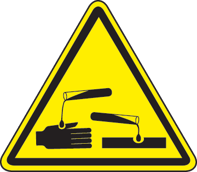
Unfortunately, this story happens far too often. Even though a manufacturer or industrial company has invested in corrosion protection, they haven’t asked the right questions to determine what kind of protection they need. Not all corrosive protection solutions are the same. There are a range of solutions designed to meet a range of different risks. Have the wrong solution or the wrong level of protection and you could still face a steep threat to quality.
The best way to make sure you’re addressing all risks is to work with a packaging partner who has deep experience and knowledge in corrosion protection. They can ask all the right questions about your product, materials, and transit routes to identify risks and recommend the appropriate solution.
Below are three questions that you should ask in the planning process. If you haven’t discussed these with your packager, it may be time to reassess your strategy:
1. What are all the risks my product faces, and which pose the greatest threat?
Any design of protective packaging should include a risk assessment somewhere early in the process. Technically speaking, corrosion refers to the degradation of metallic materials. However, the term is often used generally to refer to damage to any material by the elements or chemicals.
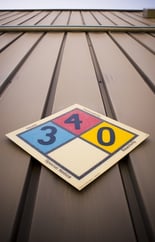 Depending on your product materials, there could be any number of factors that could cause corrosion. Some of the most common causes include humidity, condensation in the package, seawater or high salt levels in the air, airborne dirt and gases, packaging materials with high moisture, chemicals, biotics, and more. Residue from fingerprints can even cause corrosion in sensitive materials.
Depending on your product materials, there could be any number of factors that could cause corrosion. Some of the most common causes include humidity, condensation in the package, seawater or high salt levels in the air, airborne dirt and gases, packaging materials with high moisture, chemicals, biotics, and more. Residue from fingerprints can even cause corrosion in sensitive materials.
A risk assessment should not only identify risks, but also analyze which risks pose the biggest threats. Which risks are most likely to happen? Which risks may be unlikely, but would cause an extreme amount of corrosion in a short amount of time? Until you answer these questions and prioritize your risk concerns, it’s nearly impossible to determine what level of protection is right for you.
2. How does the transit route impact corrosion risks?
You may have an idea of which risks exist for which products. However, many of those risks are based on natural elements like humidity, temperature, and salt in the air over seawater. As you know, those elements aren’t static. They change depending on geography and season.
A detailed packaging plan should consider the route shipments will travel, as those routes will impact the likelihood of different risks. Cargo traveling by sea may be more vulnerable to seawater and salt. Cargo travelling by truck may face temperature changes and internal condensation.
This doesn’t mean your packaging should change for every single route, although some variation may be an option depending on your volume. However, your packaging protection should be robust enough to cover all levels of risk among your most common shipping routes and methods. Again, a risk and packaging assessment can cover this information.
3. What happens after transit?
It’s very possible that your container may not get opened as soon as it arrives at its destination. Maybe it will be stored in your customer’s hub or other warehouse. Perhaps it will be transferred into your customer’s distribution system, or it will be put in transit by a third-party carrier.
Again, consider how these changes may affect your protection. Some forms of protection lose their effectiveness with handling. How many times will your package be handled during transit and distribution? Is your protection durable enough to hold up through the entire transit and warehousing processes?
If you’re not sure whether your protective packaging is robust enough to cover your most dangerous threats, now may be a good time to reassess. A knowledgeable and experienced packaging partner can analyze your current solution and needs and recommend the most effective course of action.
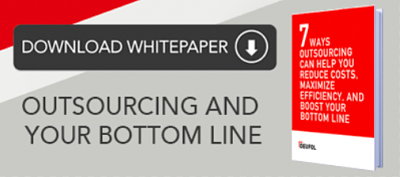


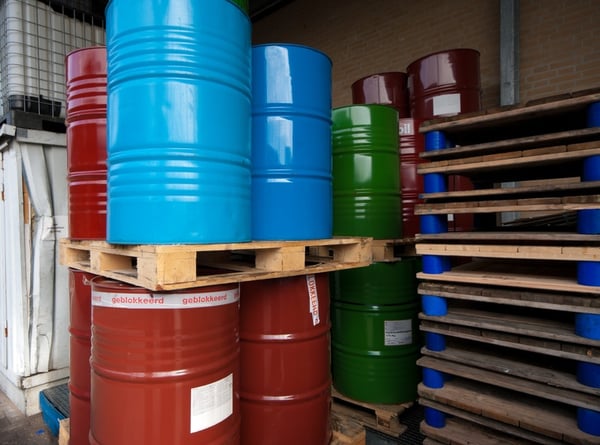
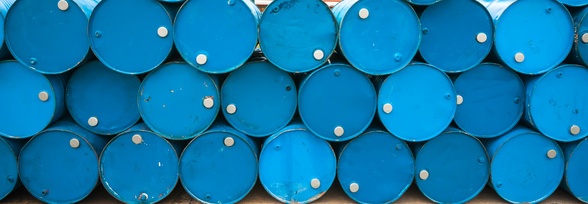


Let Us Know What You Thought about this Post.
Put your Comment Below.